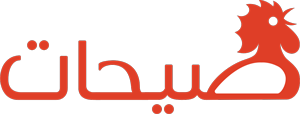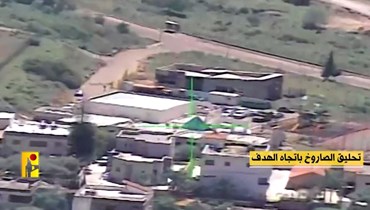World Bank: Lebanon's jump in food prices highest in MENA region
BEIRUT: The World Bank currently reports that food prices in Lebanon have surged the highest in comparison to other countries in the MENA region, according to the June 8 issue of Byblos Bank’s Lebanon this Week economic newsletter.
In the World Bank’s assessment of the impact of the COVID-19 pandemic on food-price inflation in the Middle East & North Africa (MENA) region, the Bank indicated that prices in Lebanon have risen sharply across all food categories between February 14 and May 28, 2020. The Bank studied the change in food prices in 19 countries in the MENA region across five main food categories; carbohydrates, dairy, fruits, meats, and vegetables.
While this is not breaking news to the average Lebanese shopper, readers will be interested to note the exact amount in percentage terms for food price increases in Lebanon over the last four-month period, particularly in comparison with the overall MENA region, which makes the price jump all the more stark.
Nassib Ghobril, Byblos Bank Group’s Chief Economist, told Annahar, “Despite the COVID 19-related price increases across the MENA region, it is alarming that prices of basic food staples in Lebanon increased at some of the highest rates in the region. It is clear that the authorities were unable to contain the price increases, and they did not take measures to support households as many other countries in the region did.”
“There is no justification for this level of price hikes in Lebanon, Irrespective of the prevailing constraints that affected all countries in the region or of the liquidity problems that Lebanon has been facing,” Ghobril added.
The price of onions in Lebanon rose by 26 percent between February 14 and May 28, constituting the highest increase in the price of this item in the MENA region. Lebanon, along with Qatar and the UAE, were the only countries in the region that posted double-digit increases in the price of onions, the World Bank noted.
In comparison, the price of onions posted an average growth of 6 percent in the region. Also, the price of potatoes in Lebanon surged by 23.5 percent in the covered period, representing the highest growth rate in the price of this vegetable regionally, and compared to an average increase of 3.5 percent regionally.
Lebanon, along with Libya and Yemen, were the only countries in the region that posted increases of above 10 percent in the price of potatoes. In parallel, the price of rice in Lebanon grew by 18 percent between February 14 and May 28, the highest price increase of this product in the MENA region.
Lebanon and Yemen posted an increase of more than 10 percent in the price of rice. In comparison, the price of rice increased by an average of 4 percent in the region, according to the World Bank report.
The prices of bananas and apples in Lebanon rose by 13.6 percent and 10.3 percent, respectively, during the February 14-May 28 period, the highest price surge of these fruits regionally, compared to average increases of 2 percent and 2.4 percent, respectively, in the MENA region.
Lebanon and Yemen posted double-digit increases in the price of bananas, while Lebanon was the only country to register a rise of more than 10 percent in the price of apples.
In addition, the price of eggs in Lebanon increased by 16.1 percent and the price of lettuce rose by 14.6 percent since February 14, the second-highest growth rate in the price of these food products regionally. Also, the price of bread grew by 14 percent and that of oranges grew by 9.4 percent, the third-highest price surge in the region for such products.
The price of fresh or frozen cattle meat rose by 12.7 percent in the reported period, the third-highest price increase among MENA countries; while the price of cheese grew by 11.8 percent, the second-highest price increase regionally.
Further, the price of fresh or frozen chicken increased by 7.3 percent and the price of processed liquid milk rose by 1.8 percent since February 14, both representing the fifth-highest price increases in the MENA region for such products.
Because of the growing inability of many local families to afford their weekly grocery bill, a large number of individual and Lebanese citizen groups have begun initiatives to distribute food baskets along with various NGOs and the Lebanese central Food Bank, the baskets consist of basic food staples.
One mini-mart owner in Broumanna, who asked to remain anonymous, told Annahar that he often has to reprice products daily, such is the rapid change in cost.
“While Lebanese are used to hardships, of course, they are shocked nevertheless,” the mini-mart owner said. “When I go to other markets, I’m more than surprised myself.”
“Where this is going to end, is anyone’s guess,” he added, “The situation is not good at all.”


 اشترِك في نشرتنا الإخبارية
اشترِك في نشرتنا الإخبارية











